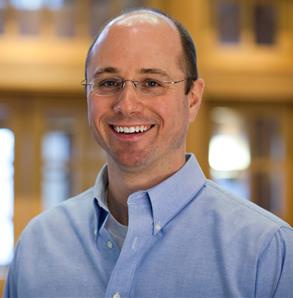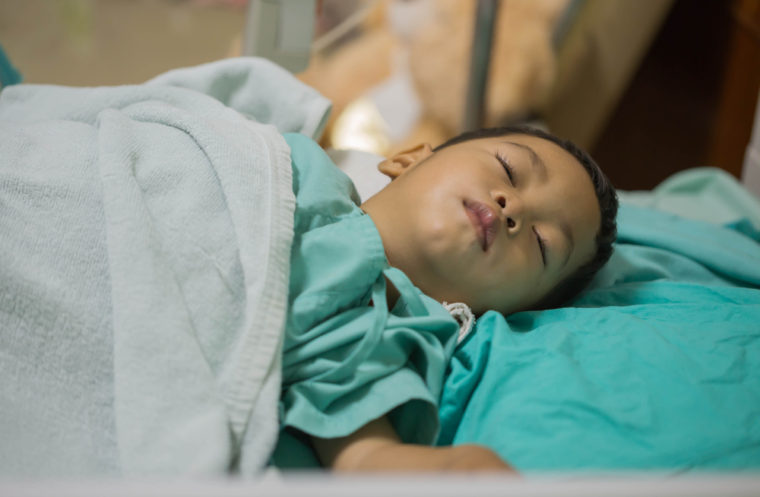A team of scientists at Washington University in St. Louis is developing a new way to look inside the brains of the littlest patients — a technique that will provide precise measurements without requiring children to stay perfectly still or the use of ionizing radiation.
“The methods we are developing are brand-new and state of the art,” said Mark Anastasio, professor of biomedical engineering at the School of Engineering & Applied Science (SEAS). “This is cutting edge.”

The National Institutes of Health (NIH) recently awarded Anastasio and former SEAS colleague Lihong Wang, professor of medical engineering and electrical engineering at the California Institute of Technology, a five-year, $2.96 million grant to develop their novel imaging approach. It involves photoacoustic computed tomography (PACT), which is a hybrid imaging method that combines the advantages of optical and ultrasound imaging. In PACT, light pulses are sent into the tissue where they deposit energy that is converted into sound waves that can be detected. Images are then formed by use of mathematical algorithms that ensure the data collected are translated into precise pictures of brain anatomy or function.
But such imaging in smaller patients — especially their brains — presents special challenges.
“Children don’t stay still, they move a lot, and this is a problem when you’re trying to image them,” Anastasio said. “The patient needs to stay still or else the images will be blurred or distorted. We need to design this system so that the data can be acquired quickly, and also account for movement. So that if the child does shift, we can track that motion and correct for it in the image reconstruction.”
Wang, who joined Caltech last summer, will take the lead on constructing the physical device: a scanner that includes a transducer array that will sweep around a child’s head to collect the acoustic signals emanating from his or her brain. Anastasio’s team will develop advanced computational modeling techniques and reconstruction algorithms that will turn those signals into images that doctors can use to diagnose conditions, including brain trauma and tumors.
“We have to be very clever and careful with the computational modeling to get good images,” Anastasio said. “We’re pretty much the only people crazy enough to take on this problem and are uniquely positioned to solve it.”
After the imaging device and the corresponding software have been developed, the engineers plan to work with pediatric neurosurgeon T.S. Park, MD, the Shi H. Huang Professor and vice chairman of neurosurgery at Washington University School of Medicine in St. Louis, to conduct a small clinical trial to evaluate the technology.
“We’re fortunate to have such outstanding partners for this project,” Anastasio said.
